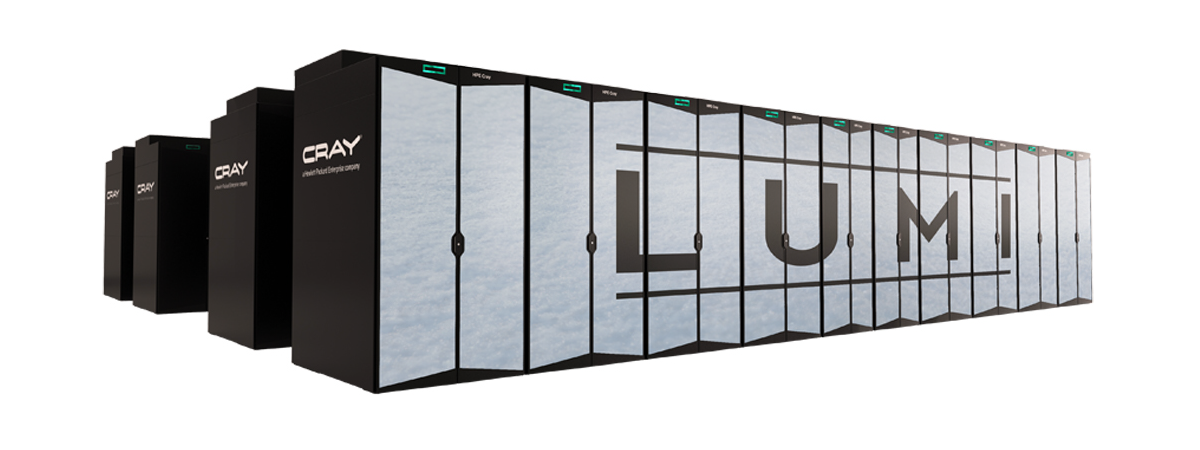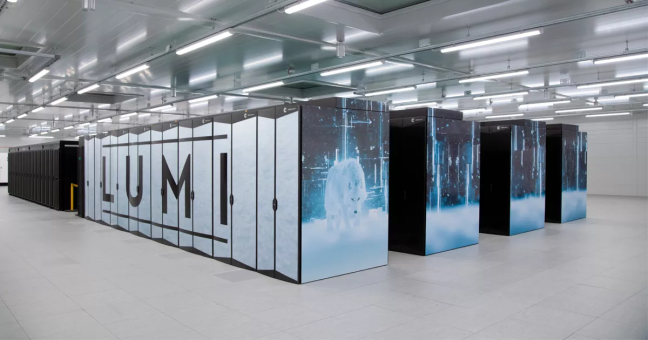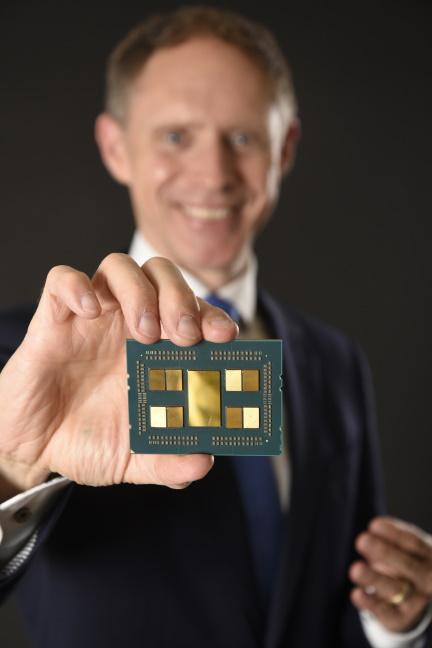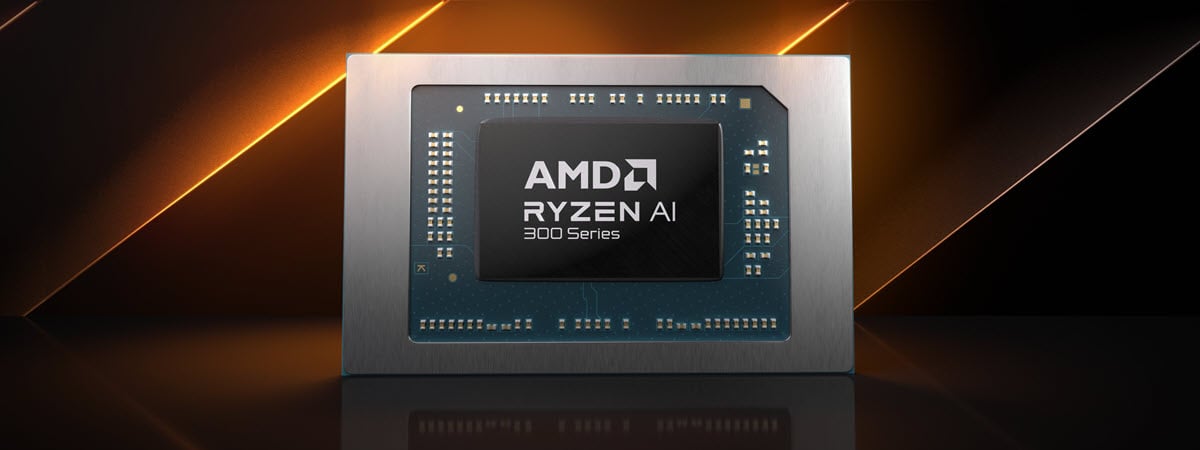
Just as cloud computing solutions have created new opportunities for companies to engage with customers and enabled a new, more flexible way of working, supercomputers are opening up new avenues for innovation by accelerating the speed of product research and development. Finally, high-performance computing (HPC) can be used as a predictor of technologies that will spread to other less niched markets; for instance, when certain central processing units and GPUs are becoming more prevalent in the HPC space, it’s a sign that they will soon be used in businesses and enterprises of all sizes around the world. Here’s what we can learn from the energy efficiency approach of HPC solutions and how they help create a more energy-sustainable future:
Energy efficiency in supercomputers
You might think that “energy efficiency” and “supercomputers” are terms that don’t intersect, because many of them require more than a megawatt of electricity to operate, and the annual cost of electricity consumed can easily reach millions of dollars. However, a new generation of supercomputers equipped with AMD solutions is helping companies be kinder to the planet, mainly because they offer impressive performance per watt. It’s also being used to develop the next generation of fuel-efficient products and solutions and help reduce climate change.
In 2014, AMD set a goal to improve the energy efficiency of its CPUs and graphics chips 25 times by 2020. Having met and exceeded this target, they have set a new goal of increasing energy efficiency 30-fold by 2025. As evidence of their progress, the Lumi supercomputer, operational from September 2022, a pre-exascale machine located at the CSC Datacenter in Kajaani, Finland, is one of the most energy efficient supercomputers in the world, with a ratio of 51.6 gigaflops/watt.

LUMI is the most powerful supercomputer in Europe
Cooling such a data center is a big challenge and can account for up to 40% of the total energy consumption. However, by using natural air flows for cooling and avoiding hot air recirculation, operators of HPC platforms such as Lumi can reduce energy consumption and significantly contribute to reducing associated emissions.
If you’re naturally curious, you can find out more about the full architecture of this supercomputer here: LUMI’s full system architecture revealed. You can also find details about the cooling solutions used for LUMI here: LUMI’s Sustainable future.
Supercomputers pave the way for tomorrow’s sustainable solutions
Creating a more sustainable business has become a key priority for organizations of all sizes around the world. Today, more and more companies are setting climate and/or energy efficiency targets. These organizations can learn from the innovative technologies used by some of the world’s fastest supercomputers, especially those developed by AMD, powered by processors and GPUs from the AMD EPYC family.

AMD EPYC solutions for HPC
Today’s supercomputers are paving the way for next-generation computing methods and workloads, like artificial intelligence, leading to high energy efficiency and a more sustainable operating approach that doesn’t waste the planet’s energy resources.
While the idea of “supercomputers” may not be at the forefront of organizational culture, it’s clear that HPC solutions are quickly becoming a staple for modern organizations looking to stay ahead in today’s competitive market. And the AMD processors behind this technology could shape the future of IT department infrastructure in many organizations.


 29.09.2022
29.09.2022 

